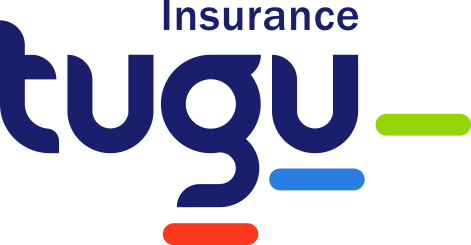Risk Management Policy
In carrying out its business activities, Tugu Asuransi carries out various types of risks that need to be managed in a planned, systematic and structured manner through the application of Risk Management to take advantage of potential losses and optimize opportunities to achieve the goals.
Implementation of Risk Management is an integral part of Good Corporate Governance practices. The implementation of Risk Management at Tugu Asuransi is carried out by the company for all business activities and interests, including sharia business units owned by the Company, about Financial Services Authority Regulation Number 1 / POJK.05 / 2015 concerning Application of Risk Management for Non-Bank Financial Services Institutions About the rules and regulations in force.
Risk type
Following the mandate of the Financial Services Authority Regulation Number 1 / POJK.05 / 2015 concerning the Implementation of Risk Management for Non-Bank Financial Services Institutions, Tugu Insurance is required to manage the following risks:
- Strategic Risk is the risk arising from the failure of establishing a strategy that is in line with the Company’s target framework and main targets.
- Operational Risk, specifically risk arising as a result of a failure of internal processes, people, information technology systems and/or events related to the environment outside the Company.
- Asset and Liability Risks, which are risks that arise as a result of the failure of the management of the Company’s assets and liabilities.
- Management Risk, that is the risk that arises because of the management of the corporate’s composition, namely the Board of Commissioners and the Board of Commissioners, or equivalent, who have high competence and coordination.
- Governance Risks, namely risks arising from potential risks in the implementation of good governance, inaccurate management style, environmental control, and protection of each party directly or indirectly involved with the Company.
- Fund Loan Risk, which is the risk arising from the insufficient funds/capital available to the Company, including additional access to funds/capital in the loss or unexpected expenditure of funds/capital needs.
- Insurance Risk, namely the risk of failure of insurance companies and reinsurance companies to meet obligations to the insured and policyholders as a result of the inadequacy of the risk selection process (guarantee), determination of premiums (prices), use of reinsurance, and/or guarantees.
Risk Management Process
The application of Risk Management is carried out based on the following process:
- Communication and Consultation is an iterative and conservation process between stakeholders to share information and conduct dialogues related to risk management, the roles and responsibilities of each party, as well as a good understanding of decision-making criteria.
- Determination of the context, the process of determining the scope, criteria, limits, and parameters that are relevant and important that will be used as a reference in risk management.
- Risk Assessment, issued:
- Risk identification, which is the process of finding, challenges, and risks inherent in every activity carried out proactively, systematically, and structured based on available information.
- Risk analysis, the process of considering characteristics both qualitatively and quantitatively about the events and impacts caused by these risks.
- Risk evaluation, which is a risk decision-making process that will be conducted based on the results of the analysis and established criteria including the priority level of risk handling.
- Risk management is the process of taking action on risks based on available choices (avoided, reduced, shared, transferred, or accepted risks) and adjusted to the business strategy by considering the costs and benefits that are most optimal for the Company.
- Risk monitoring carried out by completing all aspects of the risk management process above to ensure the effectiveness and efficiency of safeguards, obtain information for the process of improvement and analysis as well as learning from risk problems and the use of new risks that arise.
Implementation of Risk Management
The implementation of Risk Management in Tugu Insurance is implemented through the application of risk registers by each Work Unit as the risk owner (risk owner, risk-taking unit) who has the duty and responsibility to carry out the Risk Management process. The list of risk preparation is carried out annually with the same fiscal year work plan and budget (RKAP). Therefore, the list of risks issued by each Work Unit is related to the work plan and targets outlined in the fixed RKAP

